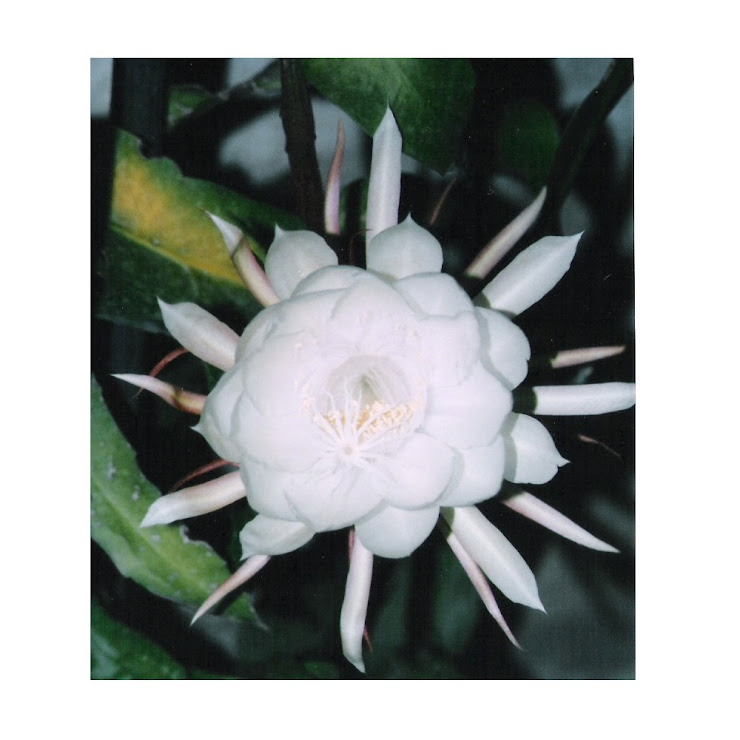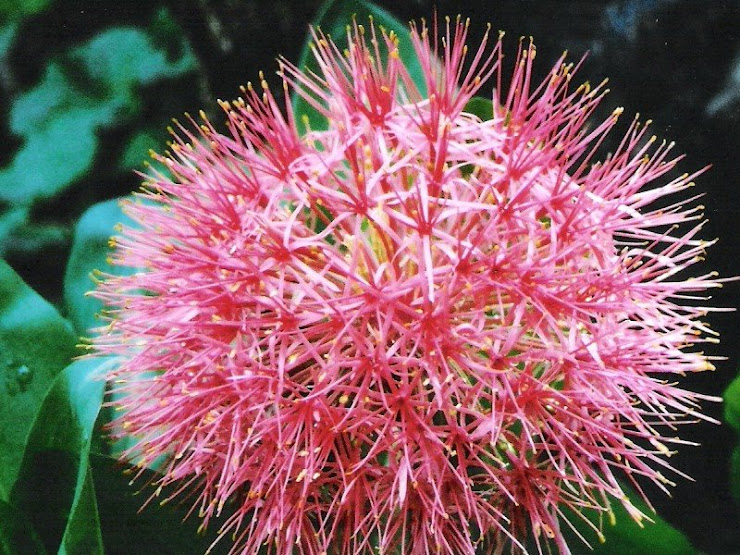Choosing
the Best Position for Your Vegetable Garden
Would
you grow vegetables next to a leaky (and very stinky!) septic tank, or plant
fruit trees in a small patch of damp ground between tall conifers? Probably
not, but others have – as I can attest having worked in these gardens! These
two gardens had one thing in common – a complete lack of planning.
It's
not usually necessary to perform an in-depth survey of your garden when
starting a new vegetable plot or expanding an existing one, but it really is
worthwhile spending some time thinking about where best to site it – it can
make the difference between a bountiful harvest and a poor one.
Soil
Working
with what you have is much easier than trying to change it, so the first thing
to do is to carry out a simple soil test to find out your soil type and its pH.
It's
a good idea to take soil samples from several areas of the garden as soil can
vary quite considerably from one spot to the next, and this may help you decide
what to grow where – for instance, if you have a pocket of acidic soil it would
be a good idea to grow acid-loving blueberries there to save having to add
costly soil amendments, or if there is an area where water pools after heavy
rain you could choose to plant gorgeous bog garden in that spot instead of
vegetables.
Thankfully,
most soils fall somewhere in between the extremes of sandy or clay, and all
benefit from the addition of organic matter to help retain moisture and
nutrients. If your soil is really unworkable, raised beds are the saviour of
many a gardener with impossibly heavy, stony, or shallow soil.
Sun
and shade
Most
vegetables grow best with plenty of sun – some, such as tomatoes and peppers
really need to sunbathe for a large part of the day, while leafy greens and
soft fruit are often quite happy with a little shade (our Garden Planner has a
handy Filter button at the top left of the plant selection bar that gives you
the option to show just shade-tolerant plants). Shade loving crops grown in
full sun will need to be kept well watered and may need protection in the form
of shade netting, or they can be grown behind taller crops.
Track
the sun over the course of a day and see where the shadows fall to help
determine what you can grow where. Bear in mind that at different times of the
year you will see longer, deeper shadows. If it is very shady, sun-loving
veggies can be grown in containers and moved around to follow the sun.
Wind
If
you garden on a hilltop, or on an open plain, you might despair of growing
anything that will stand up against the wind. Wind can be extremely damaging –
not just blowing plants over, but also drying them out to the extent that the
leaves wither and the plants die. It's tempting to put up solid walls or fences
to deflect the wind but this can have the effect of creating turbulence, where
the air is forced upwards by the barrier only to 
crash
down with even more force on the other side, flattening whatever is growing
there.
A
better solution is a permeable barrier such as a hedge, slatted fence or
windbreak netting to filter the wind and reduce its force. It goes without
saying that plant supports need to be quite robust in windy areas – sturdy
stakes for young or dwarf fruit trees, and well-anchored canes, stakes and
other supports for climbers and top-heavy plants such as Brussels sprouts.
Even
in a small garden, it's a good idea to use a version of the 'zone' system
favoured by perm culturists, growing plants close to or far from the house
depending on the amount of maintenance they need. Greenhouses, nursery beds and
regularly-harvested plants such as salads and herbs are best kept close by and,
if your watering is done by hand, thirsty crops shouldn't be too far away. More
self-reliant veggies can be situated a little further off, and perennial crops
with a short harvesting season, such as fruit trees, at the bottom of your
garden. Make sure all areas are easy to access with a loaded wheelbarrow.
Spending
a little time planning the best spot in your garden to grow food saves time and
helps to ensure you get the best harvest possible.
Oh,
and the poorly-planned examples above? The first grew food quite successfully
(perhaps due to the ready supply of fertiliser!) but I personally wouldn't eat
it, and the second produced some stunted apple trees and a few small, scabby
fruits








No comments:
Post a Comment